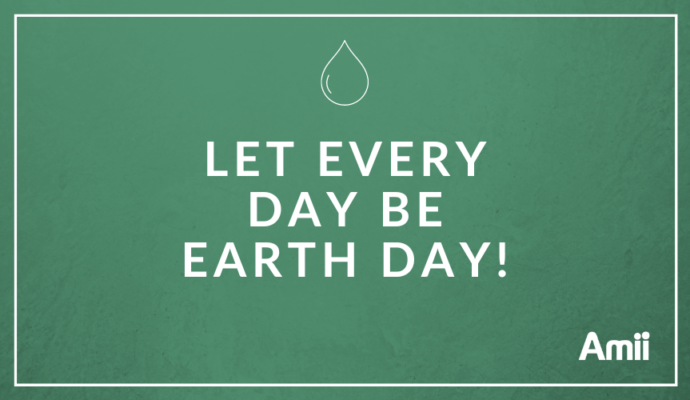What is a water softener and how does it work?
If you decided to improve the water quality at your house or apartment, you have certainly installed a water softener so far. But besides knowing whether you need it, it’s also worth knowing how it works. This will allow you to use the device conveniently and economically.
Every water softener out there operates in the same manner – it removes hardness-causing calcium and magnesium minerals from the water. It does so by running the hard water through a softening medium, the resin.
For the device to effectively soften the water, it is necessary to schedule regular maintenance, including control valve check, the brine tank cleaning and disinfection (if necessary), replacing the pre-filter cartridge. You can do such an inspection by yourself, all you need is to understand how the water softener works and what is necessary for its proper operation.
A water softener – how it’s made?
A whole-house water softener must be installed at the point where the main water line enters the building, ahead of all heating and water-operating appliances. Before you connect the water softener to the mains, consider using a sediment filter between the water feed and the softener. It will capture all suspended solids and impurities from the water before it enters the softener. Pre-filtered water will noticeably prolong the softener lifespan and ensure a failure-free operation. For effective work, replace the sediment cartridge every 3 to 6 months, depending on water quality at your home.
On to the water softener.
Every water softener consists of three main parts:
- The mineral tank with the softening medium,
- The brine tank containing the brine used for the regeneration process of the resin,
- The control valve controls the water flow and calculates the regeneration cycles.
The control valve is the softener’s brain. It automatically measures and controls the amount of treated water, and adjusts the frequency and duration of resin regeneration cycles. Some valve models are equipped with a mixer that enables blending the softened water with a bit of raw water supplied from the mains to obtain water of desired softness level.
The mineral tank is the largest part of the water softener. It contains the load of softening resin adjusted to the average water consumption at the place of installation. It does not fill the tank up to the brim, as the ion-exchange resin needs some space to flow freely in the water to treat it effectively.
The brine tank stores salt tablets and raw water, which combined form a brine used for resin regeneration. We will explain the regeneration process later on in this article. In the cabinet water softeners for residential use, the brine tank is integrated with the device in one casing, along with the mineral tank and the valve.
If you need access to the water during the softener’s maintenance or regeneration cycle, a bypass valve would be useful. It enables the household appliances to use raw water while the softener is out of service. So if you set the washing machine or a dishwasher for a night cycle, when the softener goes through the regeneration process, having a bypass valve installed at the main water line, next to the softener, would be a good idea.
How does the water softening process work?
The water softening process is fully automated. Hard water enters the water softener, it flows through the resin bed and exits straight to the supply pipes, to be distributed around the house.
The water softening process takes place in the mineral tank, where hard water rinses the softening medium. During the rinsing, the magnesium and calcium cations in the hard water are exchanged for soft sodium anions in the ion-exchange process.
What exactly is happening during the exchange? The resin is packed with sodium anions, which have a negative charge. The hard calcium and magnesium cations are charged positively. As opposite charges attract, the calcium and magnesium are replaced with sodium ions, when water passes through the resin.
The water softening process is dynamic. For this reason, the mineral tank is large and only partially filled with resin to accommodate a fair amount of water, and to enable thorough rinse of the resin and the proper ion exchange.
Regeneration of softening bed – an integral step
A large mineral tank is also helpful during the resin regeneration cycles. Regeneration is an indispensable part of the whole water-softening action, as the ion-exchange resin has limited water softening capacity. To restore its water treatment properties, the resin must be rinsed with brine.
The regeneration of the resin works on the same basis as the water softening process, but in a reverse manner. The resin filled with hard minerals is rinsed with brine to wash away the calcium and magnesium cations and to recharge with sodium anions.
The brine is prepared in the brine tank from raw water and the salt tablets replenished by the homeowner. The tank should always be filled with brine so that the regeneration cycles can run smoothly.
The regeneration cycle is operated by the control valve. The cycles’ schedule is based on the amount of softened water or the number of days since the last brine-rinse of the softening bed. The control valve can manage the regeneration at night, or arrange fewer cycles during the reduced water consumption, such as vacation or holidays.
A whole-house water softener is simple in its construction and operation. It does not require special supervision, as its work is fully automated. But his work is noticeable. To keep up its good work, just check on it occasionally, it will pay off.

